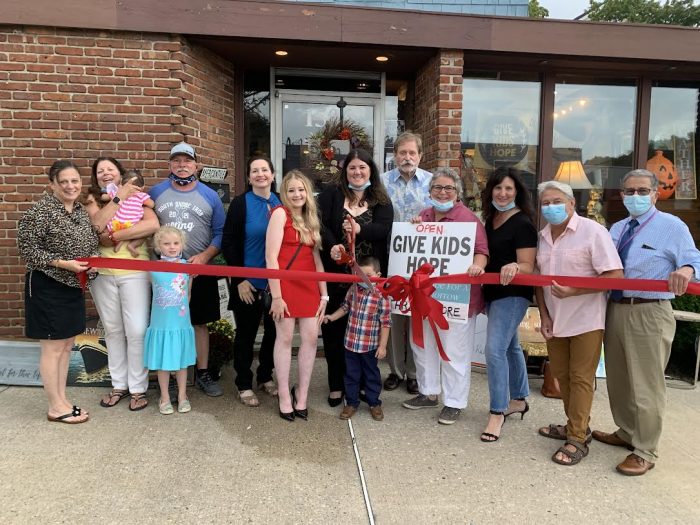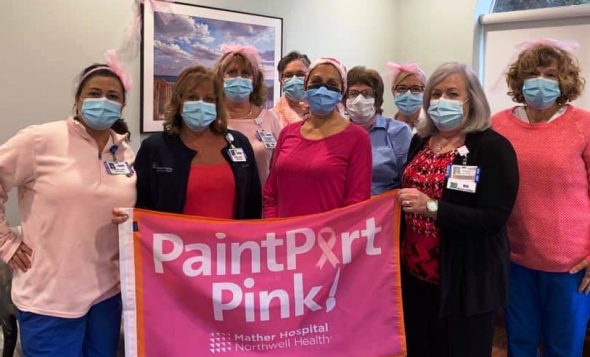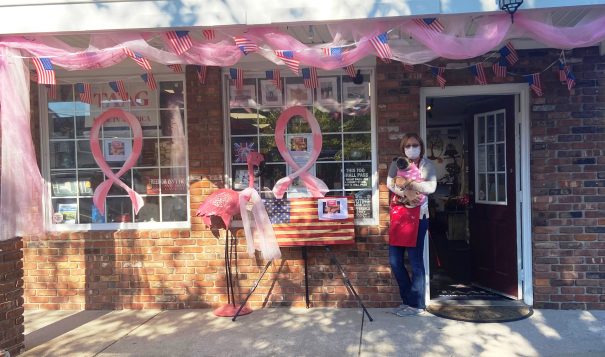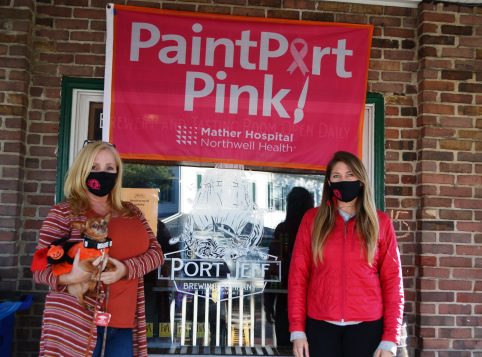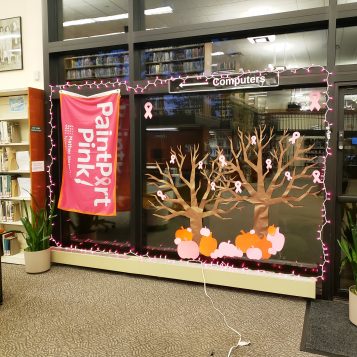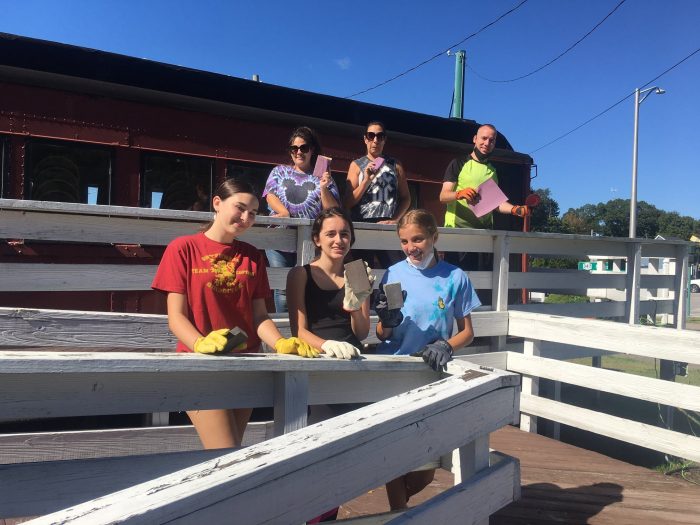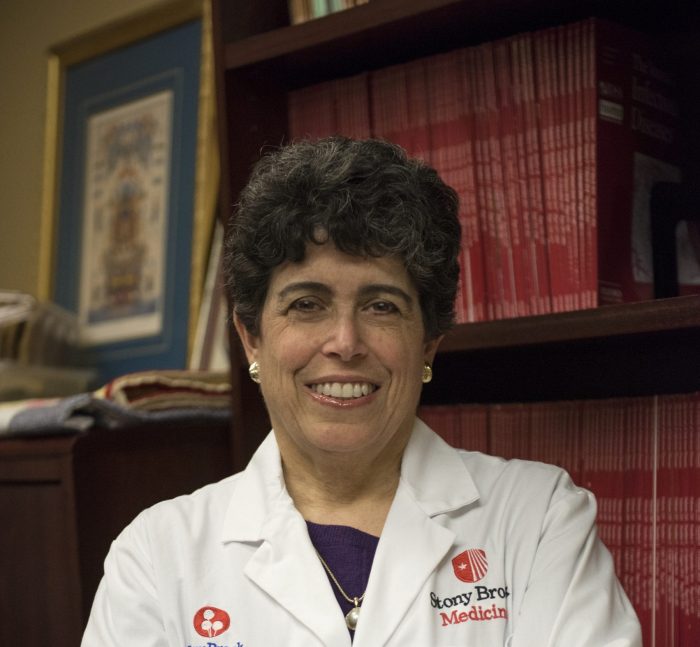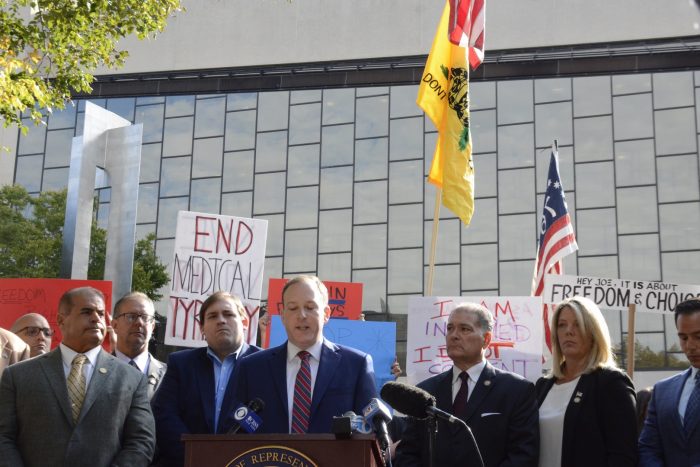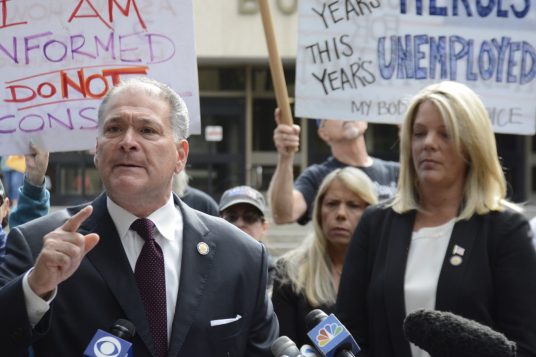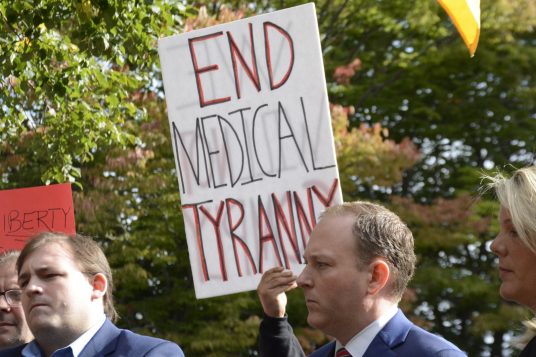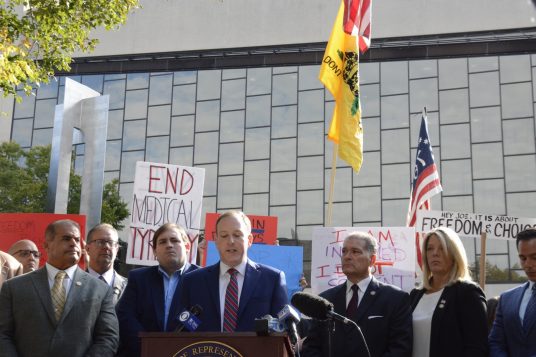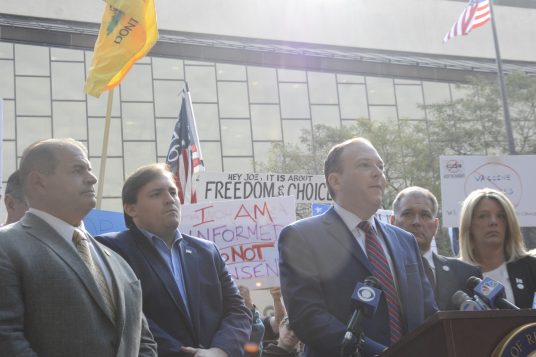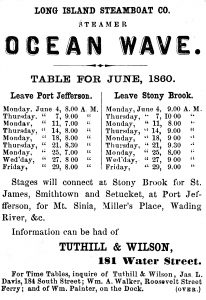Dr. Sunil Dhuper’s actions speak as loudly as his words.
The chief medical officer at Port Jefferson’s St. Charles Hospital is planning to get a booster for the COVID-19 vaccine this Thursday, after the Centers for Disease Control and Prevention authorized Friday, Sept. 24, the additional shot for a range of adults, including those in jobs that put them at an increased risk of exposure and transmission, such as frontline health care workers.
Earlier, the U.S. Food & Drug Administration announced Sept. 22 that “a single booster dose” was allowed “for certain populations” under the emergency use authorization, although the EUA “applies only to the Pfizer-BioNTech COVID-19 vaccine.”
Dhuper received his first vaccination in January and would like to raise his immunity.
“I am very eager to get the booster dose,” he said in an interview. “I reviewed scientific data from all over the world — from the United States, Israel, the United Kingdom — and I had reflected that, after six months after the second dose, it’s time to get a third dose.”
While St. Charles and other hospitals haven’t required a booster, Dhuper believes that state and national guidance will likely recommend it before too long.
“Over time, I do anticipate people may begin to get severe infections or get hospitalized” if they haven’t enhanced their immunity with a booster, he said. “It would be prudent to get the booster dose in the arms of those who are fully vaccinated.”
Stony Brook University Hospital is providing boosters to employees and to eligible members of the public.
Meanwhile, Northwell Health and Huntington Hospital are deliberating how to proceed and will announce a decision soon, according to Dr. Adrian Popp, chair of infection control at Huntington Hospital.
While boosters are available for education staff, agriculture and food workers, manufacturing workers, corrections workers, U.S. Postal Service employees, grocery store workers, public transit employees and a host of others, the overall infection rate in Suffolk County has stabilized over the past few weeks.
Decline in infections
As of Sept. 25, the seven-day average rate of positive tests in the county fell below 4% for the first time since Aug. 15, dropping to 3.9%, according to data from the New York State Department of Health.
“We think the numbers might have plateaued,” Dhuper said. That decline coincides with the increasing number of people who are vaccinated. In Suffolk as at Sept. 29, 1,043,478 people (70.7%) have received at least one dose and 950,058 (64.3%) are fully vaccinated, according to Covid Act Now. Anybody who is at least 12 years old is eligible to be vaccinated.
The number of COVID Patients from Huntington Hospital has fallen in the last month, dropping to 20 from about 30, according to Popp. Five patients are in the intensive care unit at the hospital with COVID.
Dr. Sharon Nachman, chief of pediatric infectious diseases at Stony Brook Children’s Hospital, described the downward trend in the seven-day average as “great news,” but added that such an infection rate is “not close to where we need to be to say we have turned a corner.”
The current infected population includes children, as “more kids are getting infected,” she said, with children currently representing 25.7 percent of all new COVID cases nationwide.
With the FDA and CDC considering approving the emergency use authorization that provides one-third of the dosage of the adult shot for children ages 5 to 11, Nachman urged residents to vaccinate their children whenever the shot is available to them.
“There is no advantage to picking the right age or dose for a child,” she explained in an email. “If they are 12 now, get that dose. If they are 11 and 8 months [and the CDC approves the vaccine for younger children], don’t wait until they are 12 to get a different dose. Get the dose now that is available for that age.”
When younger children are eligible for the lower amount of the vaccine, Dhuper also urged them to get that lower dose, which he feels “offers a good level of protection for the foreseeable future.”
Nachman said she sees the issue of weight or age bands regularly in pediatrics.
“The take-home message is to not play any games and treat the child at the age or weight that they are now and not wait for them to be older or heavier,” she suggested.
As for the next month, Dhuper cautioned that the county may show another peak, particularly with the increase of indoor activities where the spread of the more transmissible Delta variant is more likely. At this point, concerns about the Mu variant, which originated in South America and was much more prevalent in the United States and in Suffolk County in June, has decreased.
“We were seeing 5% of the cases in New York state were Mu variants and the remaining were Delta,” Dhuper said.
Popp estimated that the Mu variant constitutes between 0.1% and 0.3% of cases.
The World Health Organization has urged wealthier nations like the United States not to administer boosters to their populations widely before the rest of the world has an opportunity to vaccinate their residents.
Dhuper said the United States has contributed 500 million doses to the rest of the world this year and plans to donate about 1.1 billion doses to the rest of the world in 2022.
“I hope that other upper and middle income nations can do the same, so we can get [the shots] in the arms of those who need them,” he said.
Popp urged people to recognize that COVID is a global disease.
“We in the U.S. will not be safe until the epidemic is cleared in other parts of the world as well,” he explained in an email. “I believe it is in our national interest to help other countries fight the COVID epidemic.”
Popp said the United States has plenty of vaccine, with enough for boosters and to vaccinate those who haven’t gotten a shot.


